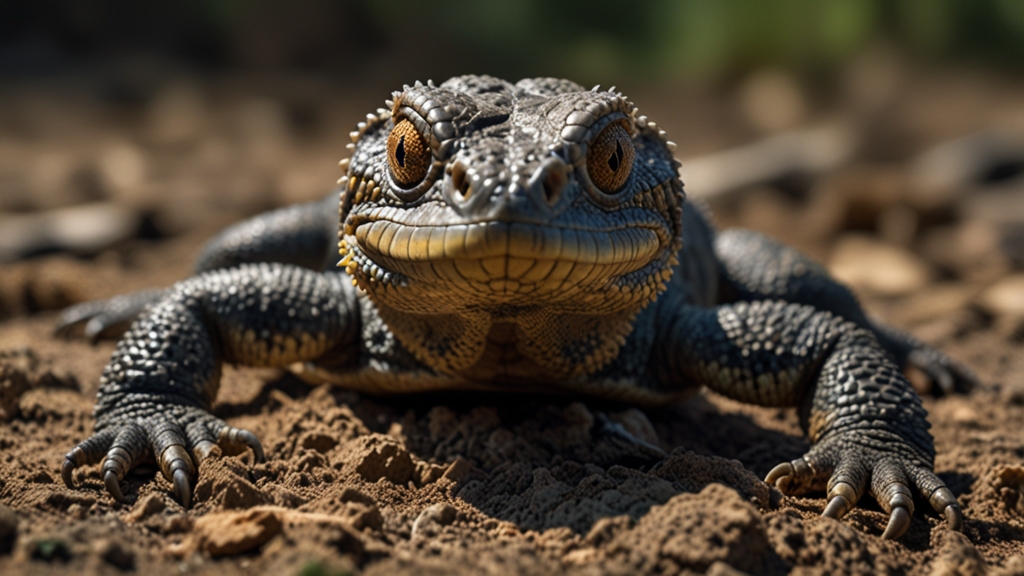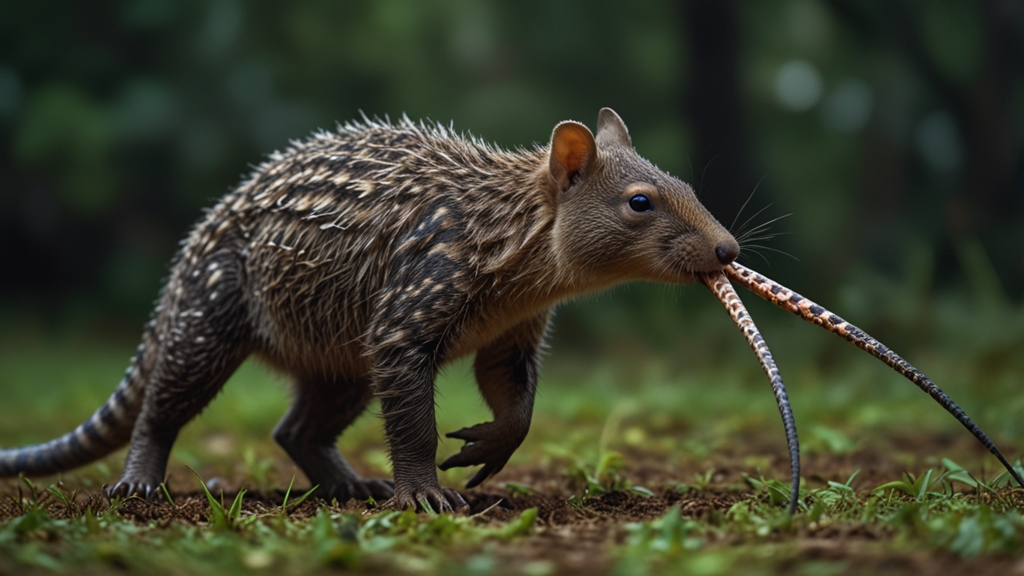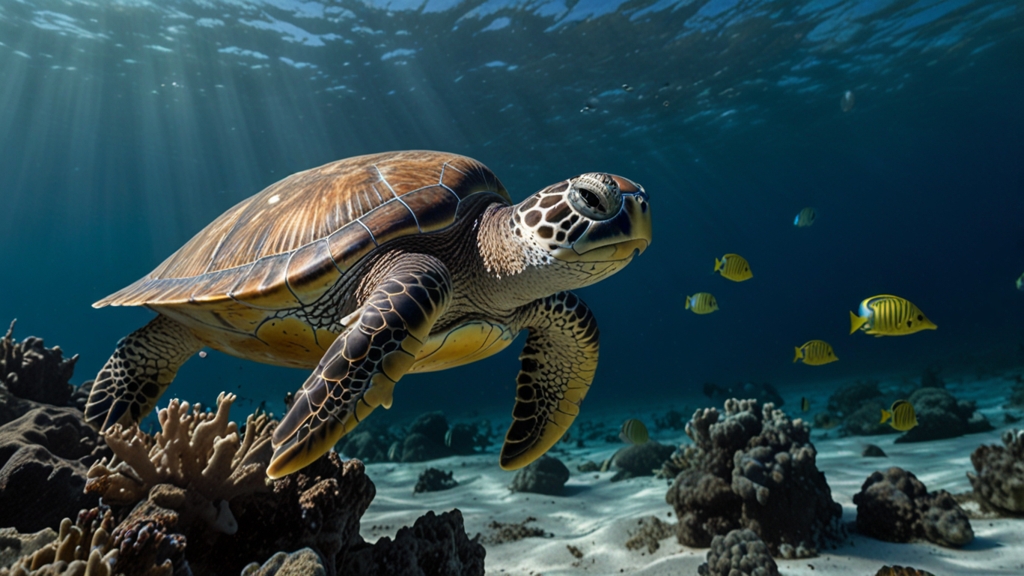Are Reptiles the Ultimate Survivors? A Look at Their Resilience
Reptiles have roamed the earth for millions of years, displaying an extraordinary ability to adapt and survive in diverse environments. From the scorching deserts to the dense rainforests, these resilient creatures have carved out niches for themselves across the globe. But what is it about reptiles that render them such ultimate survivors?
Adaptability in Diet and Habitat
One of the key factors contributing to the resilience of reptiles is their adaptability in both diet and habitat. Many reptiles are opportunistic feeders, capable of consuming a wide variety of prey items. For instance, the Komodo dragon, the world’s largest lizard, eats everything from small rodents to large mammals. On the other hand, the green iguana adapts to a primarily herbivorous diet, thriving in tropical environments where vegetation is abundant.
Moreover, reptiles have adapted to a myriad of habitats. Crocodiles and alligators, for example, are primarily found in freshwater environments but are also capable of surviving in brackish water. Snakes, another diverse group of reptiles, inhabit regions ranging from dry deserts to wet marshlands, showcasing their broad ecological adaptability.
Thermoregulation and Metabolic Efficiency
Reptiles are ectothermic, meaning they rely on external heat sources to regulate their body temperature. While this might seem like a disadvantage, it actually allows them to have a highly efficient metabolism. Unlike endothermic animals, which expend a great deal of energy maintaining a constant body temperature, reptiles can conserve energy and remain inactive for extended periods when environmental conditions are less favorable.
A remarkable example of this metabolic efficiency can be observed in hibernating reptiles. Turtles, for instance, can survive prolonged periods of frigid temperatures by significantly lowering their metabolic rate and utilizing stored body fat. This ability to enter a state of torpor exemplifies their resilience and adaptability.
Reproductive Strategies
The reproductive strategies of reptiles further underscore their resilience. Many reptiles lay eggs, which they often deposit in secure, hidden locations to protect them from predators. Some, like the pythons and certain species of lizards, even exhibit parental care by guarding the eggs until they hatch.
Additionally, certain reptiles like the viviparous snakes give birth to live young. This strategy can be advantageous in harsh environments where conditions might not be suitable for egg incubation. By retaining the eggs within their bodies, these reptiles ensure a higher survival rate for their offspring.
Physical Adaptations
Reptiles possess an array of physical adaptations that enhance their survival prospects. Their skin is covered in tough, keratinous scales, which provide both protection from predators and help in retaining moisture. This is particularly vital for species living in arid environments.
Some reptiles have developed unique defense mechanisms. For example, the horned lizard can squirt blood from its eyes to deter predators. Chameleons, known for their color-changing ability, use camouflage to avoid detection. These specialized adaptations highlight the vast evolutionary toolbox that reptiles utilize for survival.
“Reptiles are one of nature's most successful groups of animals. Their ability to adapt to a variety of climates and conditions is a testament to their evolutionary prowess. Their physical structure, metabolic processes, and behavioral adaptations all contribute to their resilience.” - Dr. Jane Smith, Herpetologist
Conclusion
In conclusion, the resilience of reptiles can be attributed to several factors, including their adaptability in diet and habitat, efficient thermoregulation, varied reproductive strategies, and unique physical adaptations. Their long evolutionary history and ability to thrive in a range of environmental conditions indeed make them some of nature's ultimate survivors. As we continue to study and learn from these remarkable creatures, there is much they can teach us about adaptation and survival in an ever-changing world.













